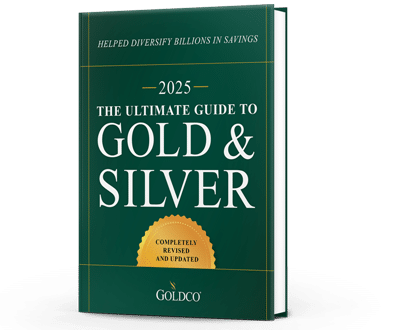Start A Silver IRA
More and more people today seem to be getting nervous about the future of the economy and their financial well-being With growing fear of a possible recession, continuing problematic inflation, and...
Precious Metals

If you’re worried about the value of your retirement savings, you’ve probably thought about different ways that you can help to preserve your hard-earned wealth. A weak economy, high inflation, and the potential for stock market downturns are all factors that can cause people to fear for the value of their portfolios.
But there are ways to try to help safeguard your wealth. One possibility is a gold IRA, an increasingly popular option that thousands of Americans have turned to in order to try to safeguard their retirement savings.
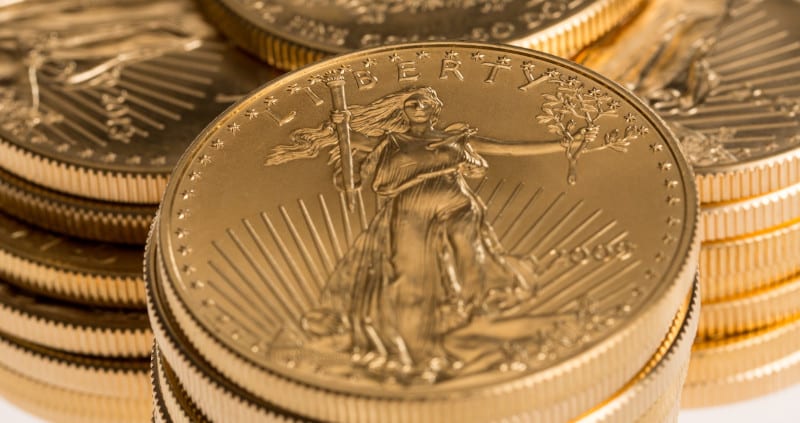
A gold IRA is a tax-advantaged retirement account that allows you to buy physical gold coins or gold bars within an individual retirement account (IRA). This special type of self-directed IRA allows you to maintain all the same tax benefits as any other IRA account, while benefiting from the many advantages of owning gold.
Since gold often gains value during times of economic hardship or market turmoil, buying gold is one way for people to try to help defend their assets against a potential market downturn. And with a gold IRA, buying gold can be done with relative ease.
The most common way of starting in a gold IRA is through a rollover or transfer from an existing retirement account, such as a 401(k), 403(b), TSP, IRA, or similar account. Rollovers or transfers from these accounts into a self-directed gold IRA can be done tax-free.
Doing this type of rollover enables you to safeguard your existing tax-advantaged retirement assets with physical gold coins or gold bars. And the gold IRA rollover process is relatively simple and quick.
You’ll start by working with a trusted partner like Goldco and agreeing to our terms of doing business. Then you can choose your gold IRA custodian and set up your gold IRA account.
Once your account is open, you can start the rollover or transfer process from your current retirement account into your new gold IRA. Depending on your retirement plan administrator’s process, expect this to take a couple of weeks.
As soon as your gold IRA is funded, you can then decide which gold coins or bars you would like to purchase. After that purchase has been made, your gold coins or bars will ship to the precious metals depository of your choice for safe and secure storage.
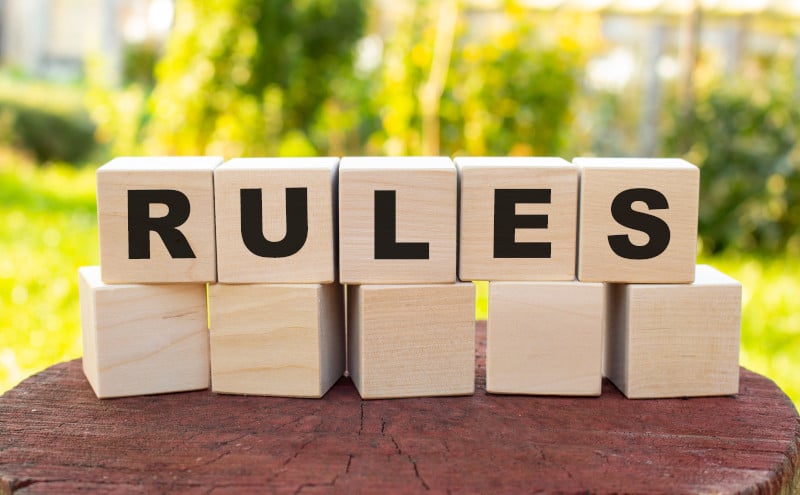
A gold IRA is subject to the same rules and regulations as every other IRA account. This means that your IRA account is not able to acquire collectibles, and that your maximum annual contribution is $7,000 for 2024 and 2025, or $8,000 if you’re over age 50.
Additionally, a gold IRA is subject to required minimum distributions (RMDs) once you reach age 73. And if you want to distribute assets from your gold IRA before you reach age 59½, you could be subject to additional penalties for early distribution.
Just like any other IRA, the assets in a gold IRA must be managed by an IRA custodian. And your gold IRA assets must be stored with a depository. Goldco partners with experienced gold IRA custodians and gold depositories who have significant experience in the precious metals industry.
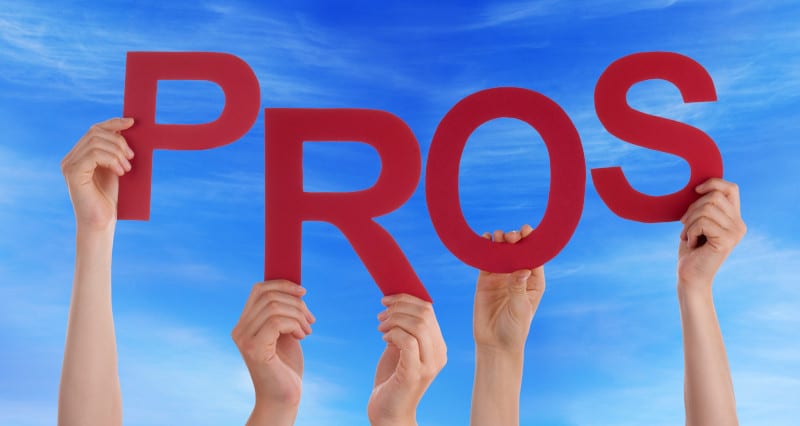
Starting a gold IRA can have many benefits.
A gold IRA can be one way to diversify your asset portfolio. Holding a mix of stocks and bonds is generally considered by many to be sufficient diversification. But in the event of a significant market crisis or a systemic crisis, both bonds and stocks could lose value.
That’s why many people decide to branch out from ordinary financial assets into alternative assets such as real estate, commodities, or precious metals. These alternative assets can help offer a measure of diversification that you just won’t often find with stocks, bonds, or mutual funds.
Gold is often looked to as a hedge against inflation and market disturbances, and for good reason. Gold’s history of rising in price when other assets are in decline has made it a popular asset for hedging purposes.
During the 1970s, when stocks remained nearly flat over the decade, gold’s average annualized growth rate was over 30%, at a time when inflation peaked at 11%. And during the aftermath of the 2008 crisis, when stocks were struggling to regain their pre-crisis levels, gold nearly tripled in price.
That performance during times of high inflation and a weak economy has made many people sit up and take notice. And if you vowed after 2008 that you would buy gold the next time a crisis came, is now that time?
One of the advantages of a gold IRA is that it doesn’t require you to divest your tax-advantaged assets in order to buy gold. There are undoubtedly many people who think that in order to buy gold they would have to sell their 401(k) or IRA assets and then buy gold.
But if you do that, you’ll subject yourself to income taxes and perhaps even penalties. By starting a gold IRA, however, you can make a simple and seamless transition from a 401(k), TSP, IRA, or similar account into gold tax-free with a rollover or transfer from your existing retirement accounts.
But as with any financial move you make, be sure to consult with your tax advisor or financial advisor first to make sure that you’re doing everything by the book so that you don’t inadvertently subject yourself to taxes, penalties, or fees.
A self-directed gold IRA puts you in control of your assets.
More and more people are discovering the advantages of a self-directed gold IRA and the many benefits it can bring when it comes to exercising control over your assets. If you’ve been chafing at limited options with your existing retirement accounts, maybe it’s time to start thinking about a self-directed gold IRA.
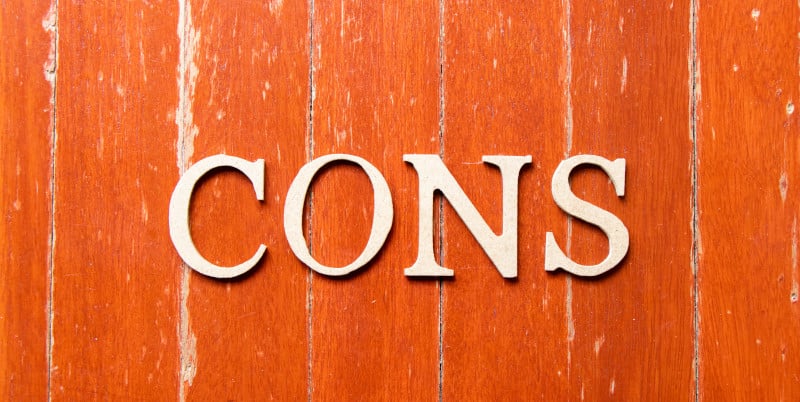
While starting a gold IRA has many advantages, there are some disadvantages too.
Like most IRA accounts, you won’t have immediate or instantaneous access to your funds. And if you suddenly find yourself in financial trouble due to loss of a job, loss of retirement income, or sudden medical bills, you won’t necessarily be able to treat your gold IRA like a cash cow.
This is a drawback common to many types of retirement accounts, not just a gold IRA. There are certain times when you can draw on funds from an IRA without incurring penalties, but you’ll want to consult with a tax advisor to make sure that if you have to do so, you won’t harm yourself financially.
Another disadvantage of a gold IRA is that you can’t store your gold at home. That’s because gold IRA assets, like the assets of any IRA, must be managed by an IRS-approved custodian.
While it’s theoretically possible for a person to be approved as an IRA custodian by the IRS, the hurdles are so great that it’s just not possible for all but the richest and most dedicated of financial professionals.
But even though you can’t hold your gold assets at home, you can rest assured that they’re perfectly safe and secure at the precious metals depositories with whom Goldco partners. And if you really want to hold your gold in your hand, you can take your distributions, including required minimum distributions (RMDs), in physical gold if you choose to do so.
Gold is often considered a long-term hold, not a short-term get rich quick scheme. Accordingly, the time horizon of many gold owners runs into years or decades, not months or weeks.
Many gold IRA owners would undoubtedly prefer to hold onto their gold IRA assets for decades into retirement. Unfortunately, IRS RMD regulations require you to start taking distributions from your gold IRA once you reach age 73.
So at some point in retirement you will likely need to liquidate the assets in your gold IRA. The exception is if your gold is held in a Roth gold IRA, as Roth IRAs don’t require RMDs.
The good news is that if you want to keep owning gold in a Traditional gold IRA, you can take those distributions in the form of physical gold coins or bars, the same ones you purchased. So you can keep owning gold well into retirement if that’s what you want to do.
As with many other financial accounts, there are fees and expenses associated with a gold IRA. These can come in the form of setup fees, account maintenance fees, and gold storage fees, among others.
While gold can make great gains year to year, fees can eat into some of those gains, which could discourage those with smaller accounts, as they can take up a larger percentage of your gains. For example, $300 in annual fees would equate to 3% of a $10,000 account, but only 0.3% of a $100,000 account.
Of course, if you have less than that but you still want to buy gold, there are options out there for you. Even if you don’t want to start a gold IRA, if you have cash or cash equivalent assets such as bank deposits, money market funds, etc., you can always use those to buy physical gold too.
Those purchases can then either be stored at a depository of your choosing, or you can take delivery of those gold coins or bars yourself.
The decision on whether or not to open a gold IRA is a personal one, one which requires careful thought, planning, and consultation with a trusted financial advisor or tax advisor. But if you decide that the advantages of starting a gold IRA outweigh any conceivable disadvantages, then you might want to start the process of opening a gold IRA.
The bull market that has gone on since 2016 has made many new 401(k) millionaires. But if there is a market downturn in the future, many of those millionaires could risk big losses, as happened in 2008.
Don’t let the gains you’ve made disappear without a fight. Call the precious metals specialists at Goldco today to learn more about the potential to help safeguard your retirement savings with a gold IRA.
This article was originally published in April 2022 and was updated in November 2024.
